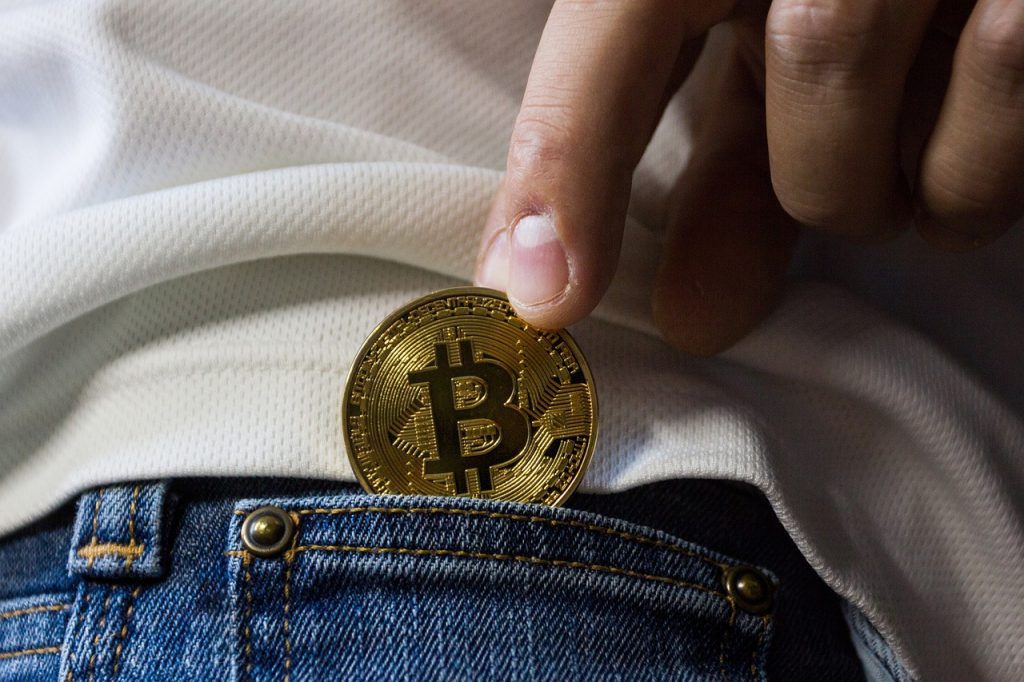Coming soon is the Vasil hard fork. The founder, and CEO of IOG, the company that created Cardano, Charles Hoskinson, revealed on Friday when the long-delayed Vasil hard fork is expected to begin. Hoskinson anticipates the upgrade to be implemented on the mainnet within the next month, which will be welcomed news for ADA supporters.
During a live stream on Friday, Cardano creator Charles Hoskinson provided a quick update on the Vasil hard fork, named after a recently deceased mathematician and Cardano evangelist Vasil Dabov.
Hoskinson stated that “extensive testing is still being done.” He provided technical information about the development of the hard fork, as well as a list of problems that would need to be fixed.
What changes will be made after Vasil’s launch?
Four Cardano Improvement Proposals (CIPs) will be included in the Vasil hard fork. CIP-31 (Reference Inputs), CIP-32 (Inline Datums), CIP-33 (Reference Scripts), and CIP-40 are some of the CIPs (Collateral Outputs).
One specific modification, CIP-31, will significantly lower Cardano’s transaction fees, as developers explained a few months ago. During the first week of May, the Cardano development team at Input-Output Global (IOG) stated, “Reference scripts minimize your transaction costs.”
What will happen to Cardano (ADA)?
Since the launch of Alonzo in September of last year, the Vasil hard fork has become Cardano’s most awaited blockchain upgrade. It will bring about significant network enhancements that will decrease transaction sizes, increase network throughput, and cut transaction fees. Additionally, the upgrade is intended to resolve the concurrency problem that significantly limited Cardano’s ability to scale decentralized apps.
Vasil’s hard fork may help ADA adoption because it increases network effectiveness. This can then give the token the confidence to move up in rank.



